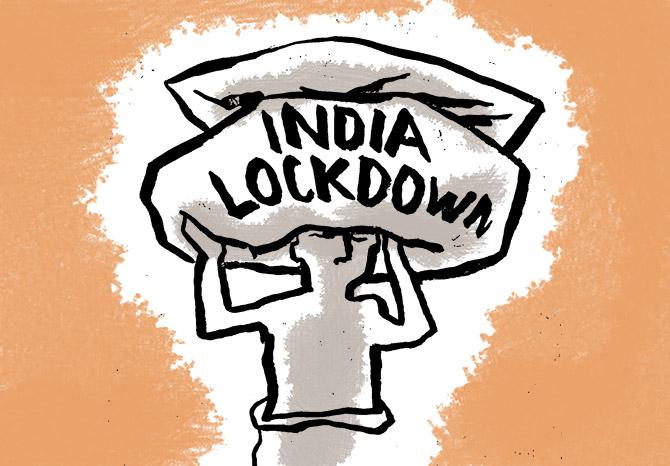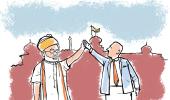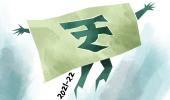The economy faces more downside risks now as economic disruptions arising from the second wave are likely to stabilise only from July, warned the Swiss brokerage USB Securities.

Last month, the brokerage had cut its GDP forecast by 150 bps to 10 per cent for FY22, which though is much higher than the consensus projections by others with some pegging it at as low as 8 per cent.
Though adverse impacts on sequential growth is less severe than in the June 2020 quarter when it plunged by 23.9 per cent, as lockdowns are more targeted and localised and households and businesses have adjusted to the new normal now, still, it is increasingly possible that normalcy returns only by July as against our baseline assumption of June.
This increases the downside risks to our FY22 growth estimate of 10 per cent, its India economist Tanvee Gupta Jain in a note on Thursday said without quantifying how much it will be.
She bases her warnings to the UBS-India activity indicator that has slipped to 78.6 in the week to May 23, which though is the slowest since end-March.
The indicator suggests that economic activity has contracted by an average of 14 per cent in May, which was only 7 per cent in April.
However, she notes that the second wave has more or less peaked with the daily new caseloads and positivity rate falling over the past few days.
The report further notes that a few states have started announcing limited relaxation of mobility restrictions, which bodes well for a sequential pick-up in economic activity from June onward.
The adverse impact on the wider economy seems to have peaked with traffic congestion is down close to 20 per cent.
However, the state-wise trend indicates improvement in cities, including Mumbai and Pune.
But on the more negative side the labour force participation rate has slowed to 39 per cent from 41 per cent in March and urban unemployment has spiked to a 12-month high of 17.4 per cent.
Similarly, demand for work by households under MGNREGA rural employment programme has had a sharp uptick, suggesting rural distress and reverse migration of urban poor to villages.










